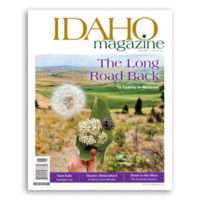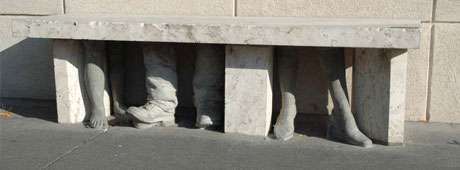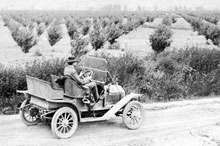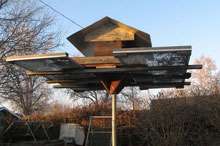The People’s Museum
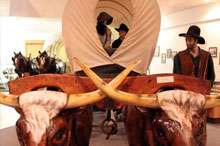
I blame the name.
Had I not been born with the name of Driggs, a town hugging the Tetons in far eastern Idaho, my interest in history likely would not have been so strong.
But early on, as soon as someone found out my name, he or she asked the same question: “Was the town named after you?”
The short answer: “Yes, kind of.”
The more complicated explanation: “It was more or less governmental convenience.” Many people with the surname Driggs had signed a petition to secure a post office in their Teton Valley village—so many that the post office bureaucrats in Washington, D.C., named the post office “Driggs.”
Without the same name as the town, I likely wouldn’t be versed in that history. And maybe I wouldn’t have paid much attention to the story of my mother’s side of the family, which also figured early in the valley history. Nor would I be as vested in the area’s history.
Given my family heritage and a professional background in journalism and photography, it seemed natural to me after retirement to volunteer at the Teton Valley Museum. I had no knowledge of the workings of the place, having made only a couple of visits over a few years. But when I walked in the front door, the museum’s head volunteer, Kay Fullmer, didn’t take long to accept me into her team.
More than a year later, I now understand why it was unusual for Kay to welcome me into the fold on the spot. The close-knit group of museum board members is quite selective about who works there.
“They have to fit in,” is how Kay puts it.
But they liked my skill set, and it didn’t hurt to have the same name as the town. Continue reading →
Purchase Only

